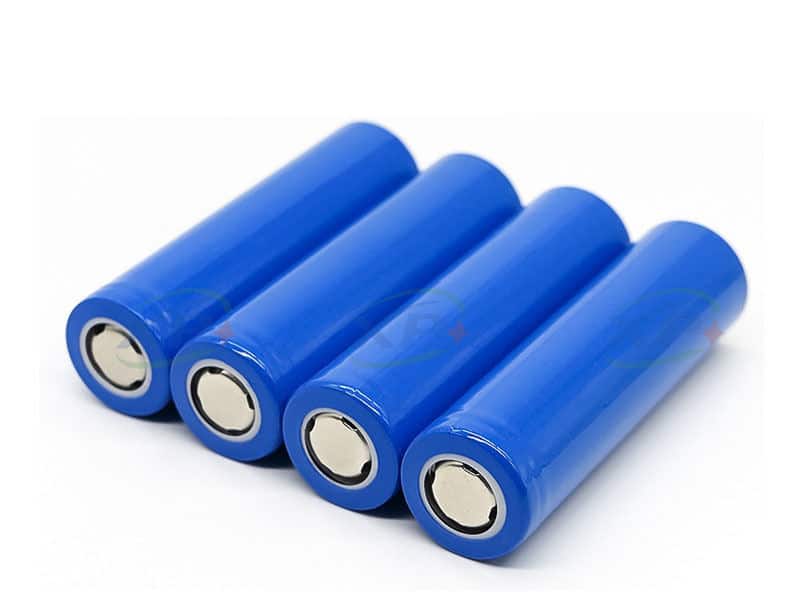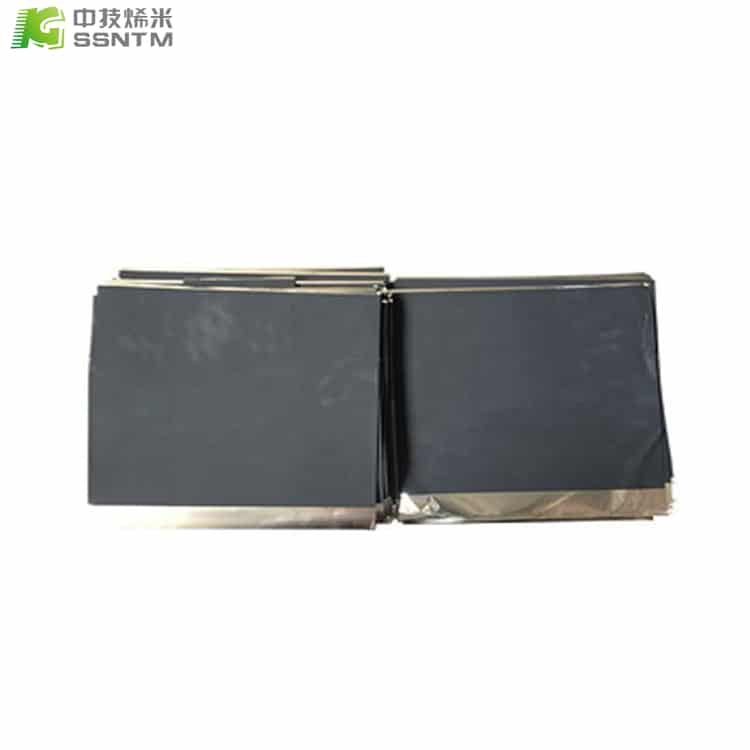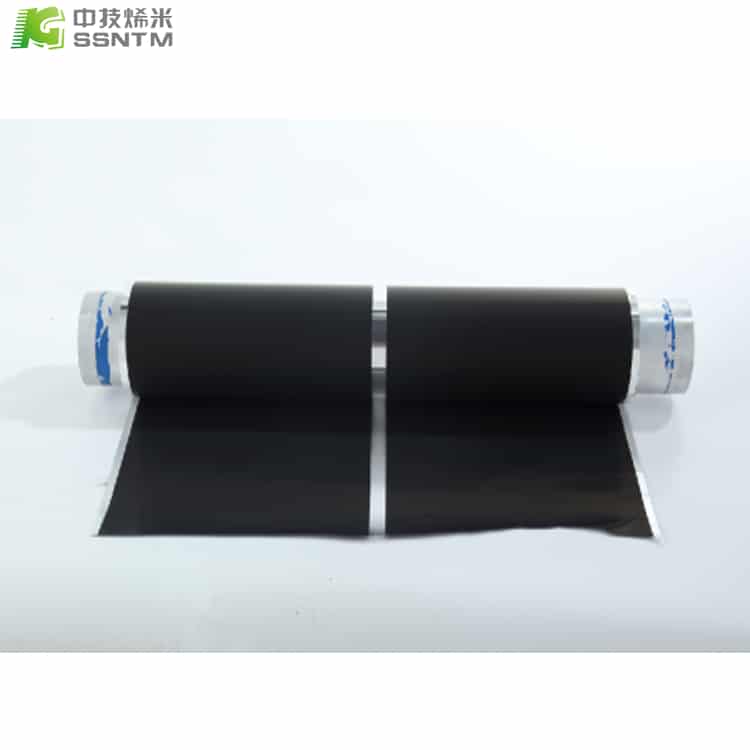What are the charging and discharging characteristics of lithium batteries?
The positive electrode of lithium battery cells generally uses LiCoO2, LiNiO2 and LiMn2O2. LiCoO2 is a crystal form with a very stable layer structure, but when x Li ions are removed from LiCoO2, its structure may change, but whether the change occurs depends on the size of x.
Through research, it was found that when x>0.5, the structure of Li1-xCoO2 shows extreme instability, leading to crystal collapse, with the external manifestation being the collapse and termination of the battery cell. Therefore, during the use of the battery cell, the x value in Li1-xCoO2 should be controlled by limiting the charging voltage. In general, if the charging voltage is not higher than 4.2V, then x is less than 0.5, and the crystal form of Li1-xCoO2 is still stable.
]

The negative electrode C6 has its own characteristics. After the initial formation, Li in the positive electrode LiCoO2 is charged into the negative electrode C6, and when discharged, Li returns to the positive electrode LiCoO2. However, after the formation, some Li must remain in the center of the negative electrode C6 to ensure normal insertion of Li during the next charge and discharge. Otherwise, the cell will collapse in a very short time. To ensure that some Li remains in the negative electrode C6, this is generally achieved by limiting the lower discharge voltage limit: the upper safe charge voltage limit is ≤ 4.2V, and the lower discharge voltage limit is ≥ 2.5V.
The principle of the memory effect is crystallization, which almost never occurs in lithium batteries. However, the capacity of lithium-ion batteries still decreases after multiple charge and discharge cycles, and the reasons are complex and varied. Mainly due to changes in the positive and negative electrode materials themselves, from a molecular point of view, the hole structure accommodating lithium ions on the positive and negative electrodes will gradually collapse and block; from a chemical point of view, it is the active passivation of the positive and negative electrode materials, resulting in the formation of other stable compounds through side reactions. Physically, there may also be situations where the positive electrode material gradually peels off, ultimately reducing the number of lithium ions that can move freely in the battery during the charging and discharging process.

Overcharging and overdischarging cause permanent damage to the positive and negative electrodes of lithium-ion batteries. From a molecular point of view, it can be intuitively understood that over-discharge will cause an excessive release of lithium ions from the negative electrode carbon, resulting in the collapse of its layered structure. Overcharging will force too many lithium ions into the negative electrode carbon structure, making it impossible for some of them to be released.
Unsuitable temperatures will trigger other chemical reactions inside lithium-ion batteries to produce compounds we do not want to see, so many lithium-ion batteries have protective temperature-controlled separators or electrolyte additives between the positive and negative electrodes. When the battery heats up to a certain level, the composite membrane pores close or the electrolyte denatures, and the internal resistance of the battery increases until the circuit is broken. The battery will no longer heat up, ensuring that the charging temperature of the battery is normal.





